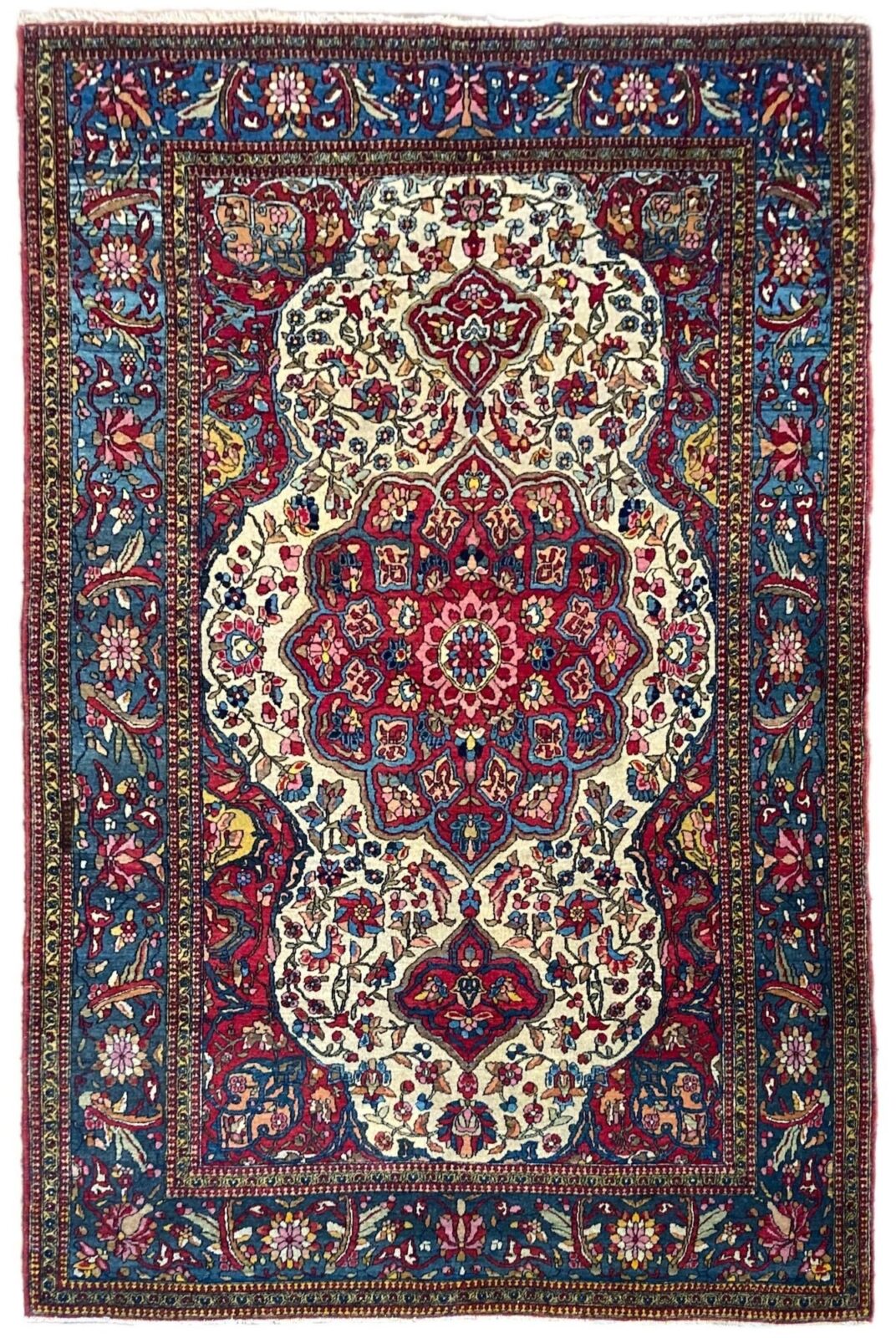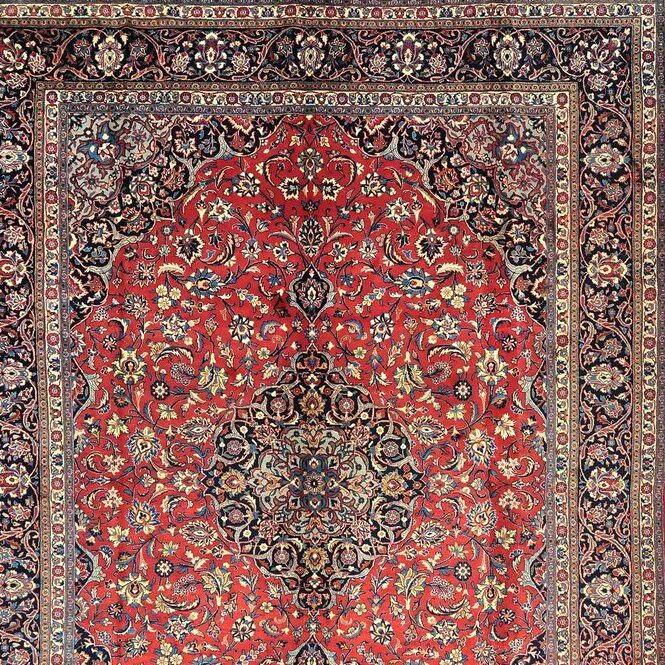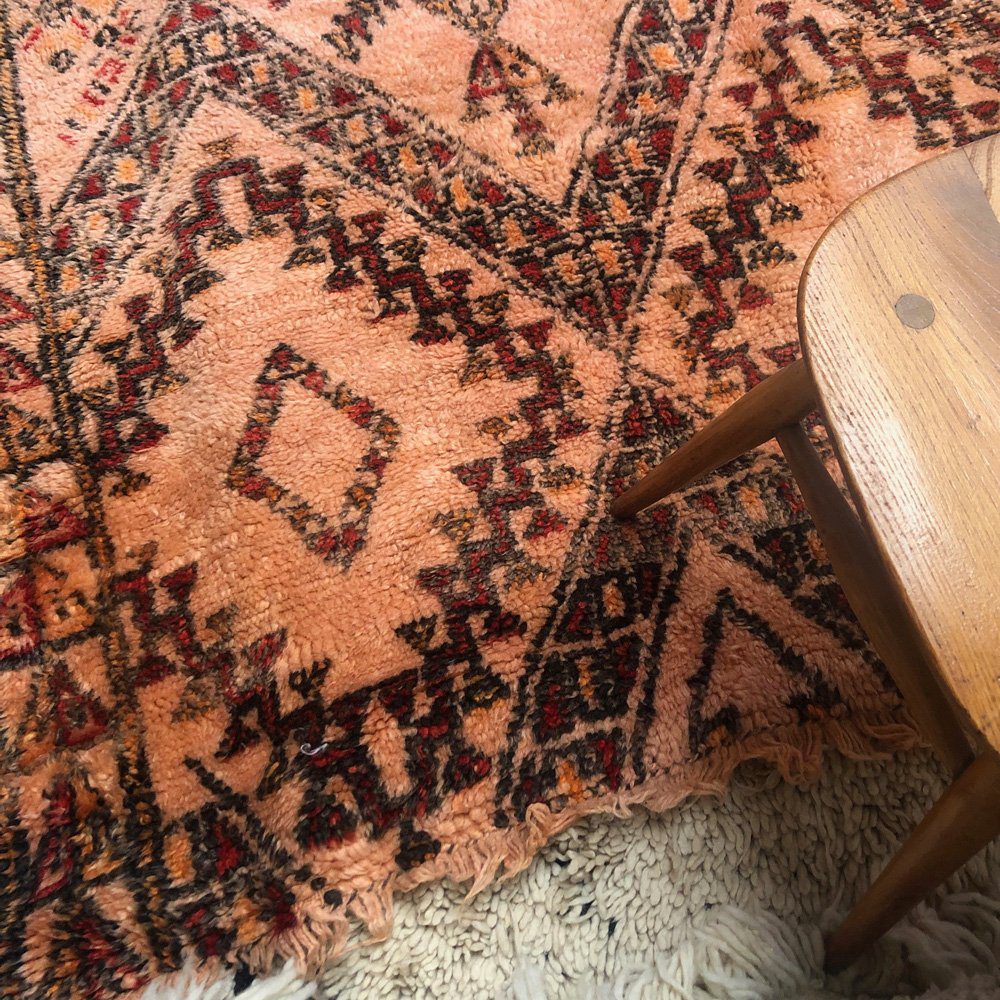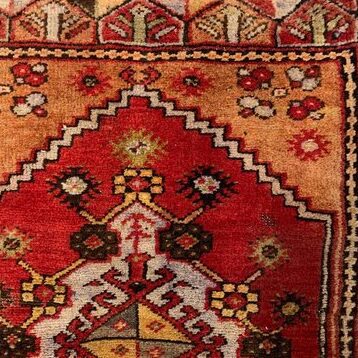Isfahan Rugs: History, Characteristics, and Artistry
Introduction to Isfahan Rugs
Isfahan rugs are some of the most exquisite and sought-after Persian rugs in the world. These masterpieces of Persian rug weaving originate from the city of Isfahan, which has a rich history of rug production dating back centuries.
Known for their intricate designs, superb craftsmanship, and rich cultural significance, Isfahan rugs have captured the hearts of rug enthusiasts and collectors alike. In this guide, we will delve into the world of Isfahan rugs, exploring their history, characteristics, and what makes them so valuable.
History of Isfahan Rugs
The history of Isfahan rugs is intertwined with the history of the city itself. Isfahan, located in central Iran, has been a center of art and culture for centuries. The tradition of rug weaving in Isfahan can be traced back to the Safavid dynasty in the 16th century, making it one of the oldest rug-producing regions in Iran.
During the reign of Shah Abbas I, Isfahan experienced a period of cultural flourishing, and this golden era extended to the world of rug weaving. The Shah encouraged the production of high-quality rugs, attracting skilled artisans to the city. Isfahan rugs from this era are renowned for their exquisite designs, fine materials, and attention to detail.
Isfahan rugs continued to evolve over the centuries, incorporating various design elements and techniques. They have been influenced by Persian architecture, poetry, and the rich cultural heritage of Isfahan.
Today, Isfahan rugs are not just pieces of decor; they are works of art that reflect the history and craftsmanship of a region with a profound rug-making tradition.

Characteristics of Isfahan Rugs
Isfahan rugs are known for their distinct characteristics that set them apart from other Persian rugs. Understanding these features can help you appreciate the beauty and value of Isfahan rugs:
1. Intricate Designs:
Isfahan rugs are celebrated for their intricate and elaborate designs. Floral motifs, arabesques, and central medallions are common themes in Isfahan rug patterns. The level of detail in these designs is remarkable, showcasing the skill of Isfahan's artisans.
2. Fine Materials:
High-quality materials are used in the creation of Isfahan rugs. The finest wool and silk are often used for the pile, ensuring a soft and luxurious texture. The use of silk highlights certain design elements, adding a touch of elegance.
3. Central Medallions:
Many Isfahan rugs feature central medallions, which are a hallmark of Persian rug design. These medallions often serve as the focal point of the rug's pattern, surrounded by intricate motifs and borders.
4. Signature Colours:
Isfahan rugs are known for their signature colour palettes, which typically include rich reds, blues, and ivory. These colours are carefully chosen to complement the intricate designs and create a harmonious visual effect.
5. Fine Knot Count:
The knot count in Isfahan rugs is exceptionally high, contributing to the rugs' fine detail and durability. Skilled weavers meticulously tie each knot, resulting in a dense and tightly woven surface.
Joe Rugs - Carpet Expert
Hello! I'm Joseph Rugs, the founder of CarpetJoe.com and your guide through the intricate world of carpets. Born and raised in London with a deep-rooted passion for art and culture, I've explored the globe to bring the rich tapestry of carpet weaving right to your screen. My academic background in arts and humanities from Oxford has fuelled my curiosity, leading me to uncover the stories behind every knot and weave. As a family man, my adventures are shared with my loved ones, enriching our lives with every piece of art we encounter. Join me as we explore the beauty and craftsmanship of carpets together.
Common Types or Rugs
Each type of Oriental rug has its unique charm and story, making them more than just a luxury item; they are a piece of their country's cultural legacy. Collectors and enthusiasts of Oriental and Persian rugs appreciate them not only for their aesthetic appeal but also for their cultural, historical, and artistic significance.

Persian Rugs
Originating from what is now modern-day Iran, Persian rugs are celebrated for their unparalleled craftsmanship and enduring beauty.

Berber Rugs
Originating from the Berber tribes of North Africa, particularly Morocco, this type of carpet is renowned for its rugged texture and resilient nature.

Turkish Rugs
Turkish rugs have a legacy steeped in history and artistry, and have always been a symbol of exquisite craftsmanship and cultural significance.
Frequently Asked Questions
Isfahan rugs are exclusively made in the city of Isfahan, located in central Iran. Isfahan, historically known for its cultural significance and artistic achievements, has a rich tradition of rug weaving dating back centuries. The city's artisans and weavers have honed their skills over generations, creating some of the most exquisite Persian rugs in the world.
Isfahan's geographic location in Iran's central plateau has contributed to the availability of high-quality wool and silk, which are essential materials for crafting these fine rugs. The combination of skilled craftsmanship, fine materials, and a deep cultural heritage makes Isfahan the epicenter of Persian rug production.
Identifying an Isfahan rug requires attention to specific characteristics:
- Intricate Designs: Isfahan rugs are known for their intricate and elaborate floral motifs, central medallions, and arabesques. Look for these fine details in the rug's design.
- Fine Materials: Isfahan rugs often use high-quality wool and silk for the pile, resulting in a soft and luxurious texture. Check for the presence of silk, which adds elegance to the rug.
- Central Medallions: Many Isfahan rugs feature central medallions, which serve as the focal point of the rug's pattern. Examine the central design and surrounding motifs.
- Signature Colours: Isfahan rugs typically feature rich reds, blues, and ivory. These colours are carefully chosen to create a harmonious visual effect.
Fine Knot Count: Isfahan rugs have a high knot count, contributing to their fine detail and durability. Inspect the rug's surface for tightly woven knots.
Isfahan rugs are renowned for their distinct characteristics:
- Intricate Designs: These rugs feature highly detailed floral patterns, central medallions, and arabesques.
- Fine Materials: Isfahan rugs use the finest wool and silk, providing a soft and luxurious texture.
- Central Medallions: Many Isfahan rugs have central medallions, often surrounded by intricate motifs and borders.
- Signature Colors: Rich reds, blues, and ivory are common color choices, creating a harmonious visual appeal.
- Fine Knot Count: Isfahan rugs boast a high knot count, resulting in intricate designs and durability.
Persian rugs are valuable due to their intricate handcrafted designs, high-quality materials, and cultural significance. The labor-intensive process of hand-knotting, combined with the use of natural dyes and fibers, results in a product that is not only beautiful but also durable. Antique Persian rugs, especially those that are well-preserved and have historical significance, are highly sought after and can be quite valuable.
The value of Persian rugs can vary depending on various factors, including age, condition, design, and rarity. However, antique Persian rugs, particularly those from renowned weaving centres like Isfahan, Tabriz, and Kashan, tend to be among the most valuable.
Additionally, rugs with unique and intricate designs, exceptional colour palettes, and historical significance often command higher prices in the rug market.

